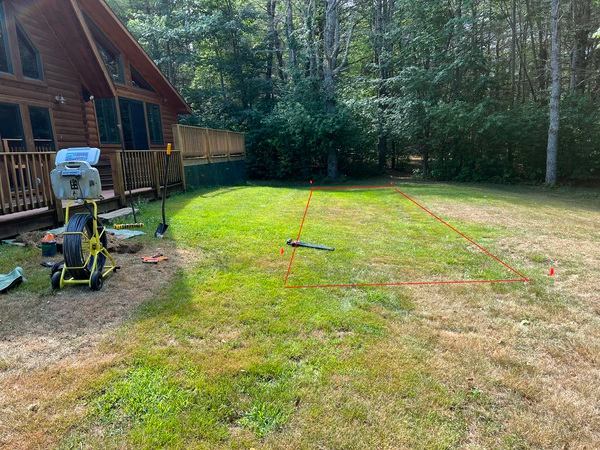Residential Septic Services
Be proactive rather than reactive
For most homes, a septic tank should be pumped every 3-5 years. Over time, solids accumulate inside the septic tank and need to be pumped out. The tank should be pumped before 1/3 of the tanks capacity is solid material. The frequency will vary depending on the size of the tank, number of people in the home, and many factors specific to the products used in the home, etc. Our technicians will consider these factors when making a recommendation for the next pumping. The recommendation for your next service will be put in our database. A reminder will be mailed to you on or near that date. We offer a discount to those who schedule service within 30 days of receiving their reminder.
Some possible indicators that your septic tank may be overdue for pumping are; gurgling in the drains when flushing or doing laundry, septic odors inside the home or a wet area in the lawn above the septic tank. Some of these same signs/symptoms may indicate a poorly functioning leach field. A more in-depth inspection may be needed to determine the exact cause.
Locating the tank
If you are unable to locate and make the covers accessible for pumping, we can provide that as an additional service. If your tank is excessively deep or buried in a location or gravel that is difficult to dig we can discuss other accessibility options with you, such as a “riser”. Installation of a riser makes the septic tank readily accessible during any season.
What to expect when we arrive
When our technician arrives to pump your septic tank, we will attempt to place the truck as close to the septic tank as possible while remaining on your driveway or adjacent roadway. Depending on certain conditions, we have the ability to pump a septic tank as far as 180 feet from the vacuum truck. We appreciate every attempt at moving vehicles and other items from the driveway before our arrival.
After the septic tank is pumped we will make every attempt to visually inspect the inlet and outlet baffles of the tank (as conditions allow). If your tank is equipped with an effluent filter in the outlet baffle it will be rinsed after or during the tank pumping process. If the baffles appear damaged or corroded, our technicians our typically able to repair the baffle at the time of service.
Tank sizes and type
Typically, a residential septic tank has a capacity of 1000 gallons. Occasionally a septic tank will be in an “over full” or in “flooded condition”. Some factors that can cause the tank to be flooded include, the effluent filter of the tank being plugged or improper leach field function. When a tank is flooded, it can yield additional volume. Holding tanks are most often 1500-2000 gallon. Holding tanks are most often found at cottages/camps and do not have a leach field component, therefore they need to be pumped each time they become full.
Pre-existing system inspections
Septic system inspections are often required by a municipality when a homeowner wishes to add-on to their home, install a commercial kitchen, or do other building on the property. In most cases, our inspections service will satisfy that requirement.
Leach field location service
Consider our leach field locating service prior to adding a pool, deck, garden or outbuilding to your property. Knowing ahead of time where your leach field or other septic system components are before construction begins can be very helpful.

